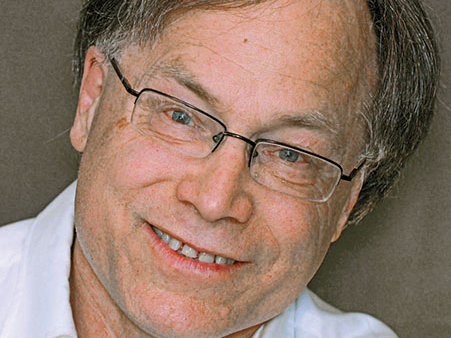Ontario’s northwest is one of the last great frontiers. It is a country-sized chunk of land still outside of the transportation network that links productive communities to the global economy. Ice roads, small planes and bureaucrats are all that tie the region to Canada.
But northwestern Ontario’s place in the global economy is changing. The trigger was finding enough ore near McFauld’s Lake to justify building a road or rail link. With bulk transportation, 100 other potential mines become economic.
This comes when China plans to build urban homes for 250 million people by 2025 and will want Northern metals and wood.
And when economic recovery in the USA will help push resource prices back up. And when warming climate will make ice roads impossible and another port on Hudson’s Bay inevitable.
A good plan starts by looking at best practices from around the world. The Finns, for example, would probably be planning an independent Aboriginal-dominated regional government for the northwest. The Swedes would be designing a style of architecture that suited the climate and respected traditional culture.
The European Union would insist that everyone up there have high-speed internet and phone connectivity. The Russians would already be shipping building supplies in with their giant hovercraft, and planning to barge a portable nuclear plant up the Attawapiskat River to provide safe green power. The Chinese would have already started to build the railroad north and invited the world’s leading architects to design their new city.
The Koreans would start planning a port on Cape Henrietta Maria to link the region with the growing Asian market. And if California were a country they would have put in an order for hybrid airships, a low impact approach that could serve the mines and all the surrounding communities.
Since Queen’s Park seems a bit lost, imagine using modern ideas and technology to leapfrog the new northwest well into the 21st century.
First, face the fact that there will be a lot of mines and that the Arctic is opening up. Plan a city of 40,000 to be the development centre for the entire region. Ask First Nations to design the city so that it supports their traditional values while helping newcomers to integrate into the nativefriendly new community.
Since a major problem for mining companies will be attracting and holding labour, make the city one of the best places in Canada to raise children.
That probably means giving women a big role in planning it. Male engineers should be kept off site until they are needed to cook breakfast.
Put in a branch of a university with visiting scholars and super support for web-based education. Then provide free university for every resident.
That is more or less required under Treaty 9, and it will help attract and hold workers from outside. Make sure the board of governors fairly represent workers, women and First Nations.
Build a Northern research centre to work on environmental and social issues.
That will help attract first-class young researchers who can also teach, create jobs, and provide a foundation for sustainable development. Design the city to minimize the need for private cars. That will reduce the cost of living and improve the quality. Service the region by rail and heavy-lift airships. Make sure local First Nations own and operate the airship business.
Since His Majesty the King agreed in Treaty 9 that “the said Indians… shall have the right to pursue their usual vocations of hunting, trapping and fishing throughout the tract surrendered,” let First Nations own and regulate all the hunting and fishing tourism in the region. That is a slightly extended interpretation of the treaty that takes advantage of First Nation’s connection with the land.
Finally, legislate a democratic regional government for the northwest.
It would obviously be dominated by the First Nations in the short run. That simply doesn’t matter as long as all citizens are treated equally and people can move where they want to.
This approach is more likely to promote economic development for the people of the region and for Northern Ontario than anything Queen’s Park, Cliff ’s or the Mushkegowuk Council have come up with. It is feasible and modern. Why settle for less?


